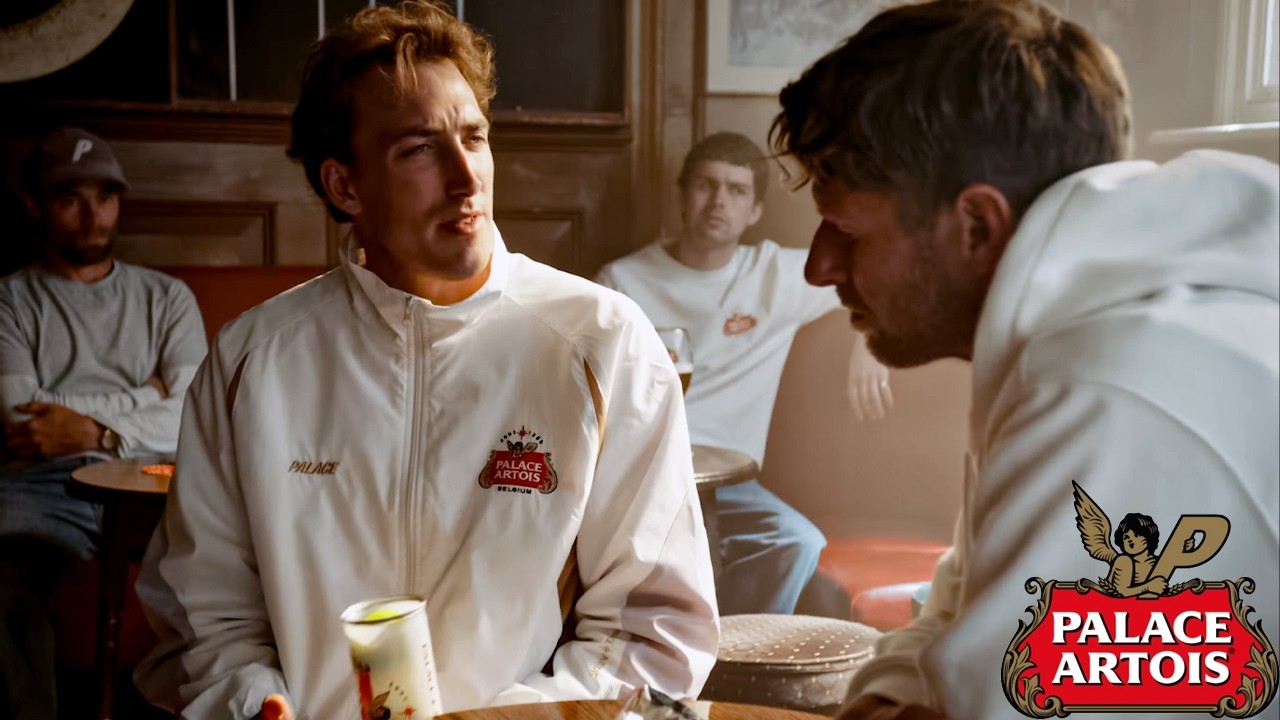What Happens When We Lose The Pubs, Cornershops & Caffs?

Last week, veteran grime MC Chip released his latest posse cut featuring the old guard of the scene including JME, Novelist, Skepta, Flirt D, D Double E, Bruza, Jendor, Jamakabi and Frisco. It inspired deeper thinking about what corner shops, pubs, caffs and barbershops represent as third spaces within local, predominantly working-class communities.
There’s something particularly comforting about the corner shop or ‘bossman’ shop.
With fewer barbershops, greasy spoon caffs and traditional pubs, many local communities lose those spaces where they can stay grounded and connected. People of all ages often hang outside corner shops for various reasons but mostly because it’s a readily accessible source of leisure. Barbershops have long been spaces where men not only get haircuts but meet up and talk all day, often with no purpose. It’s these spaces that can sometimes feel like a living room away from a living room.
Many have been replaced by more upscale establishments, appealing to more affluent customers and reflecting the changing demographics of local communities. While these spaces can provide a sense of belonging and community, when people are priced out, it creates an imbalance where there are fewer places to gather for those on lower incomes. Instagram page Caffs not Cafes created by Isaac Rangaswami celebrates traditional caffs, chippies and pie and mash shops from all over the UK. It serves as a visual reminder that many places hold the country’s culinary identity and working-class roots.
Community centres and libraries have traditionally also acted as third spaces. Still, there are much fewer and the number has been decreasing over the past eight years with over 180 council-run libraries closed since 2016. These spaces contribute to the well-being and lifeblood of a community as much as Sainsbury’s local and Costa Coffee but there needs to be a balance. Much of the responsibility falls on regional and national governments to find solutions, subsiding more affordable caffs, pubs, corner shops and libraries would be a step in the right direction. However, with further cuts to public spending announced by the new Labour government, this future is all but a socialist dream.

Brands have done a good job of representing how important these spaces are. The recent Oatly x Giggs campaign in a local bakery in Nunhead is a recent example. Nike’s iconic Nothing Beats a Londoner campaign also featured a staple shot in a local corner shop. For one of Corteiz’s New York drops, the brand partnered with a local deli to release its exclusive Air Max 95s. Imbuing itself with New York deli culture and its power to bring people together was one of the sharper elements of the campaign. Additionally, rival streetwear brand Palace dropped their capsule with Stella Artois with a campaign shot in a Victorian London pub to celebrate Wimbledon, in an attempt to pay homage to working-class pub culture.
We all know the high street has been dying for some time now, a symptom of rising commercial costs, online shopping and consumer behaviour. Brands across different sectors have attempted many ways to revitalise the in-store consumer experience but these spaces on local high streets aren’t what bring people together. The Wray and Nephew’s wrapped Cornershop on Atlantic Road in Brixton was an authentic way of honouring the brand’s cultural legacy and heritage without changing what the space itself is intended to be. That isn’t always enough though, beyond the brand’s logo being plastered on the corner shop wrapping, how can this benefit local residents in a meaningful way? Sometimes these moments land, but more often than not they don’t because there’s an underlying poverty porn tone. Working-class aesthetics used in brand campaigns while doing little to address the sociopolitical issues that affect those communities look great on Instagram but don’t do much to affect real change.
The answer won’t always be for a brand to do a corner shop takeover or a shoot in a Victorian pub (done a countless amount of times now) but they do remind us of the value and importance of these spaces in people’s lives. At the very least, it’s something that should be celebrated more in engaging and inclusive ways. Representation alone isn’t enough in brand campaigns, if they’re going to take over vital community spots, doing so with intention and working with local groups, collectives and businesses ensures that there’s more equity.
